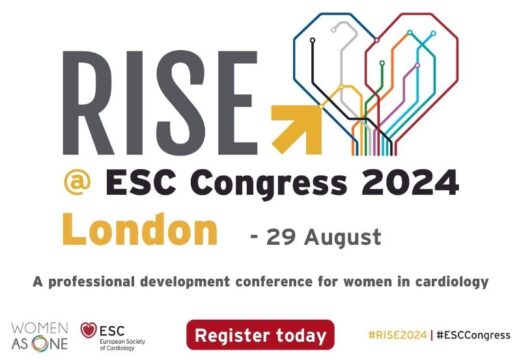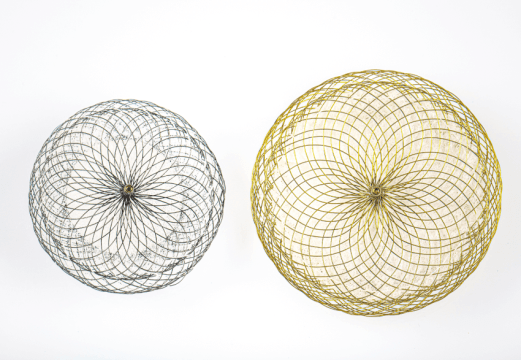Original title: Acute outcomes after MitraClip® therapy in highly aged patients: results from the German TRAnscatheter Mitral valve Interventions (TRAMI) Registry. Reference: Wolfgang Schillinger et al. EuroIntervention 2013; 8-online publish-ahead-of-print April 2013.
Recently, percutaneous repair of the mitral valve with MitraClip®, (Abbott Vascular, Santa Clara, CA, USA), has emerged as an option for patients with severe mitral regurgitation, both degenerative and functional. The EVEREST II was a randomized controlled study comparing the MitraClip ® with conventional surgery so all patients were obviously operable. This recording, (German TRAMI registry), represents the largest real-life patient series discarded from surgery because ofhigh-risk.
A total of1,064 patients with severe mitral regurgitation treated with MitraClip® were included and were stratified according to age to see whether this variable influencedsafety points and short-term efficacy. A cut at76 years was used, since this age proved to be the average of the population. The subgroup of over 76 years had degenerative mitral regurgitation more often than the younger subgroup, (35.3% versus 25.6%, p<0.01), and preserved ventricular function, (40.1% versus 21.8%, p <0.0001).In-hospital mortality was not different between both groups, (2.9% elderlyversus 2.8% younger, p = 0.96), as well as the composite of death, myocardial infarction or stroke, (3.5% versus 3.4%, P = .93). At follow-up after an average of 80 days the combined end point reached significance with a larger number of events in the group ≥76 years, (15% versus 9%, P<0.05). This difference was due entirely to the higher mortality.Multivariate analysis showed that neither the effectiveness, (success of the procedure and improvement in functional class), or safety, (in-hospital combined events), showed significant differences when comparing the older group versus the younger group.
Conclusion:
The MitraClip® has potential to treat a large group of patients with severe mitral regurgitation and high surgical risk. We need more data to identify patient characteristics to predict pre-procedure and produce the most benefit with percutaneous repair.
Editorial Comment:
Although this registry included all eligible patients, the report to the participating centers was voluntary, which is not necessarily the case in a consecutive series. It has many differences from the EVEREST study, the most important of these being the surgical contraindication because today the clinical practice guidelines reserve this procedure only for high-risk patients.
SOLACI.ORG





